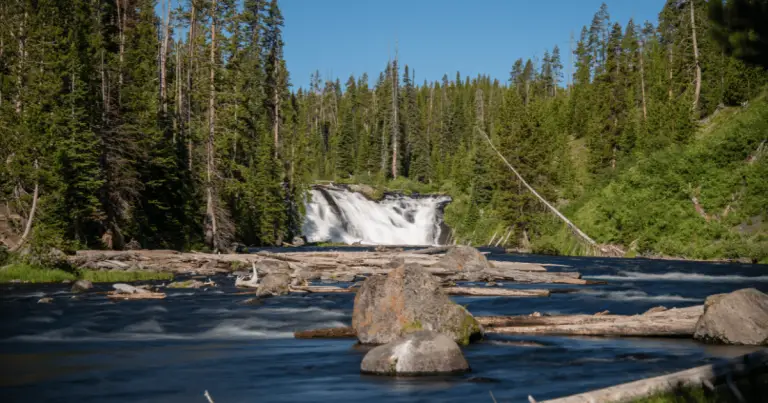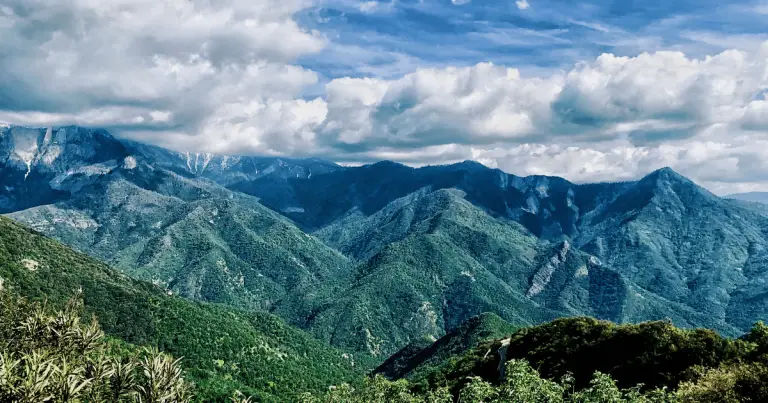Exploring the Magnificent Beauty of Arch Rock Yosemite
Have you ever dreamed of visiting a place that can mesmerize you with its picturesque beauty? Then, the Arch Rock Yosemite is an idyllic spot to be in.
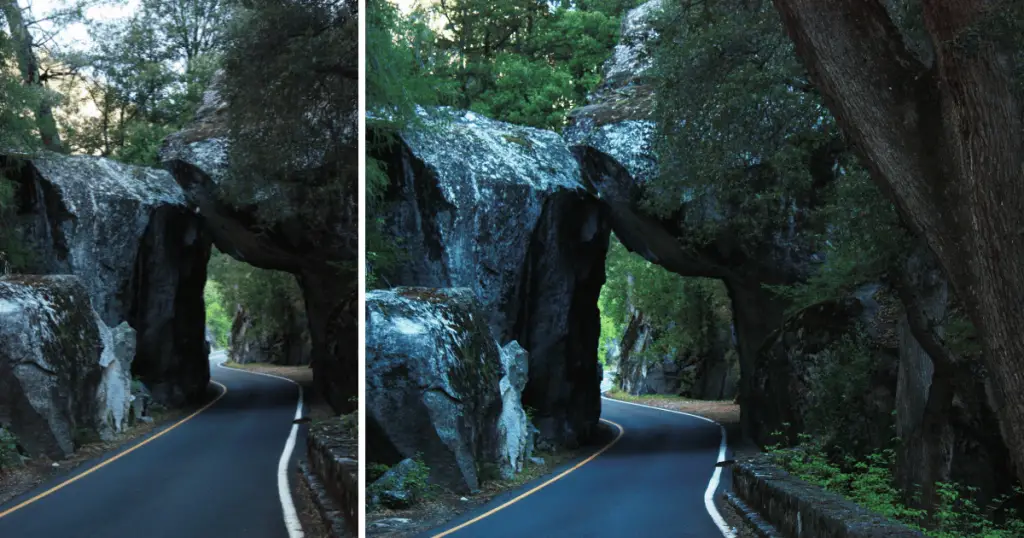
It is a must-see geological formation nestled in the Merced River Canyon near the south entrance of Yosemite National Park. Arch Rock is a colossal granite formation that stands 40 feet in height and 80 feet wide. Its unique structure and the stunning view it offers have made it a popular tourist destination.
Geological Formation of Arch Rock
The formation of Arch Rock is a testament to the unyielding power of nature and time. Over millions of years, the Earth’s geologic processes played an instrumental role in creating this magnificent structure.
The process began with a large body of molten rock, known as magma, solidifying beneath the Earth’s surface to form a massive block of granite. This granite block was uplifted due to tectonic forces, creating the Sierra Nevada Mountains, including Yosemite National Park.
The predominant rock that comprises Arch Rock is not granite, but sandstone. Sandstone is a sedimentary rock composed mainly of sand-sized minerals or rock grains. The sandstone that forms Arch Rock is exceptionally durable, enabling the arch to withstand the forces of nature.
Location and Accessibility of Arch Rock
Arch Rock is conveniently located at the western entrance of Yosemite National Park, specifically at the south end of the Merced River Canyon, near El Portal. It is best accessed through the Highway 140 entrance, also known as Arch Rock Entrance Station, about 14 miles from Mariposa.
For visitors who enjoy a scenic drive, the Arch Rock entrance offers a stunning route, flanked by towering cliffs and the fast-flowing Merced River. Parking areas are available nearby, ensuring visitors can securely leave their vehicles while exploring the area on foot.
Several hiking trails lead to Arch Rock, with the Arch Rock Trail being the most popular. It’s a moderately tricky 13-mile round-trip trail offering panoramic views of the park and arch. Other trails include the Bridalveil Fall and El Capitan trails, both of which provide glimpses of Arch Rock from various angles.
While visiting Arch Rock, it’s vital to adhere to the park guidelines for the safety and preservation of the environment. This includes staying on marked trails, not climbing on the rock, and leaving no trace of your visit.
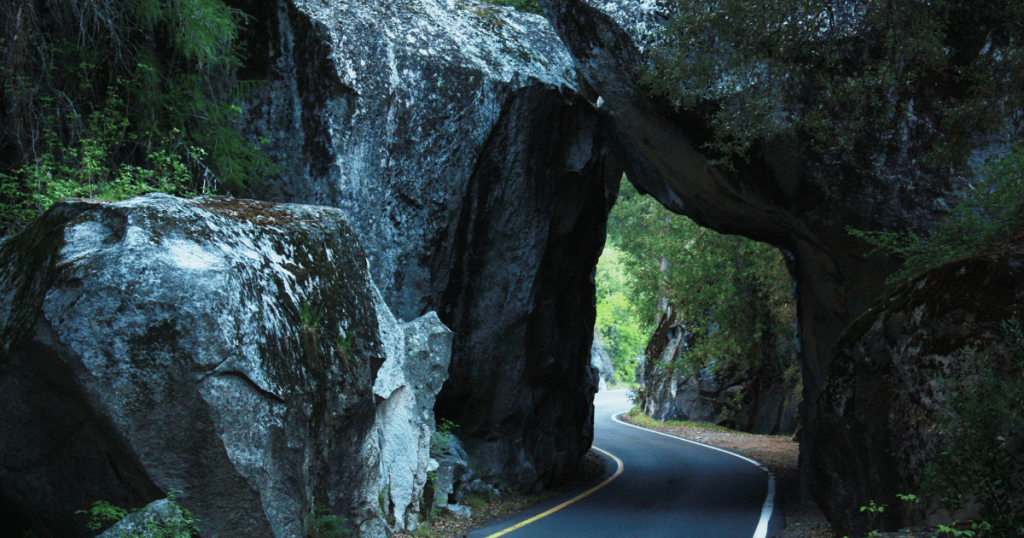
Historical and Cultural Significance of Arch Rock
Arch Rock has long been a sacred place to Native Americans. According to one legend, the arch was formed when two fallen warriors hugged in grief, and their combined strength created a stone bridge. For centuries, the rock formation was an important site for cultural ceremonies and spiritual rituals.
Native American Connections to Arch Rock
Arch Rock holds significant cultural importance for the Native American tribes that once inhabited the Yosemite region. The Ahwahneechee tribe, in particular, has a deep spiritual connection with this geological formation.
They believe that Arch Rock is a portal to the spirit world, where the ancestors’ spirits reside. The Ahwahneechee would perform various rituals and ceremonies at the site, often involving songs and dances, to pay respects to their ancestors and ask for guidance or blessings.
Historical Events and Stories Related to Arch Rock
Arch Rock has also witnessed numerous noteworthy events in history. One such event is the discovery of gold near Arch Rock in the mid-19th century. This discovery instigated the California Gold Rush, attracting prospectors nationwide.
Stories recount that prospectors set up camp near Arch Rock, which became a significant landmark during this era.
Cultural Importance of Arch Rock within the Park
Beyond its historical significance, Arch Rock serves as an iconic symbol of Yosemite National Park. Its grandeur and beauty perfectly epitomize the rugged, unspoiled wilderness that characterizes the park.
Arch Rock is prominently featured in park literature, maps, and signage. It also inspires artists and photographers who visit the park, drawn by its unique structure and the stunning views it affords.
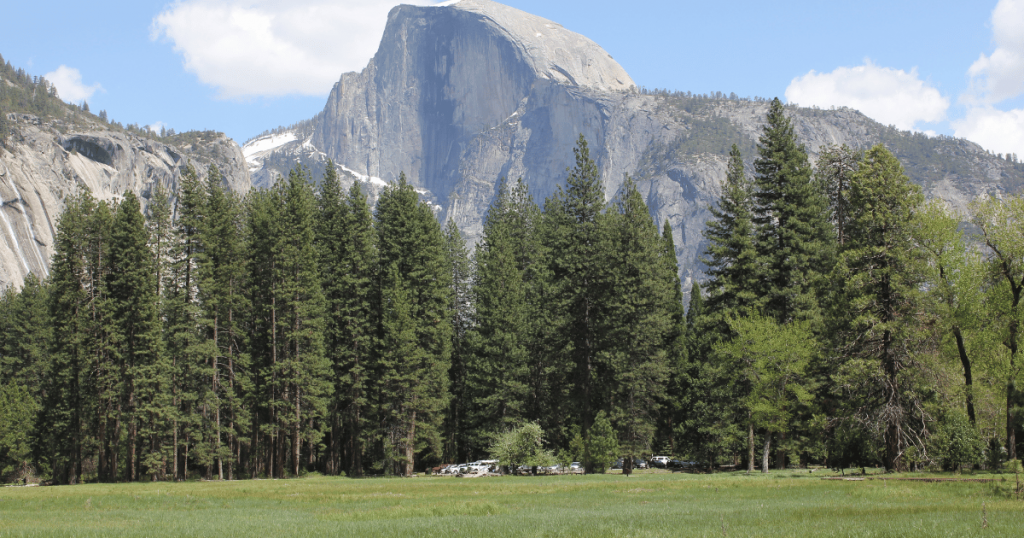
Flora and Fauna Surrounding Arch Rock
The ecosystem surrounding Arch Rock is a unique blend of plant and animal species that contribute to the area’s rich biodiversity. This area is a part of the Sierra Nevada ecosystem and is characterized by its mixed coniferous forests that create a striking contrast against the imposing sandstone formation.
The region’s flora is diverse and includes species like the towering Ponderosa Pine, the incense cedar, and the Black Oak. These trees form a dense canopy, offering shelter to various animals. Underneath this canopy, you can spot a multitude of shrubs, herbs, and ferns, including Manzanita, Snowberry, and Bracken Fern.
The fauna of the region is equally varied. Mammalian species known to inhabit the area include Black Bears, Mule Deer, and Bobcats. Birdwatchers may spot species such as the Steller’s Jay, American Robin, and the Mountain Chickadee. One can often find Peregrine Falcons and Western Fence Lizards basking in the sun on the rock itself.
Preserving this unique ecosystem is vitally important. It’s not just a biodiversity hotspot, but also a crucial part of Yosemite National Park’s natural balance and health. Human activities like littering and off-trail hiking can disturb this delicate balance.
As such, it is our responsibility to minimize our impact and ensure that future generations can witness the same beauty and diversity of life around Arch Rock.
Recreational Activities and Hiking at Arch Rock
Visitors to Arch Rock can enjoy various recreational activities, including hiking, rock climbing, and birdwatching. With a range of trails suitable for various skill levels, the area is a haven for outdoor enthusiasts.
Hiking Trails to Arch Rock
The most popular hiking trail to Arch Rock is the Arch Rock Trail, a moderately tricky 13-mile round-trip trail that rewards hikers with panoramic views of the park and the arch. This trail is recommended for individuals with some hiking experience due to its length and occasional steep sections.
The Bridalveil Fall trail offers beginners a less strenuous but equally rewarding experience. This trail, approximately 1.2 miles round trip, provides glimpses of Arch Rock from a distance. Though not as challenging as the Arch Rock Trail, the Bridalveil Fall Trail still offers an immersive experience of the natural beauty of Yosemite.
The El Capitan trail is a more advanced option for experienced hikers. This 15-mile round-trip trail features steep inclines and rugged terrains, making it a challenging and thrilling adventure. Along the route, hikers will enjoy multiple viewpoints of Arch Rock and other areas of the park.
Other Outdoor Activities at Arch Rock
Besides hiking, Arch Rock is a hotspot for rock climbers. Its unique sandstone formation offers various climbing routes to challenge novices and seasoned climbers. While rock climbing is allowed, climbers should adhere to the park’s guidelines to protect the environment and ensure safety.
Birdwatching is another popular activity around Arch Rock. The area’s diverse avian population, including Steller’s Jays, American Robins, and Mountain Chickadees, provides a delightful experience for bird enthusiasts. Be sure to bring your binoculars and a field guide to help identify the various species you’re likely to encounter.
Conclusion: Arch Rock Yosemite
Arch Rock is a testament to Yosemite’s natural grandeur and rich history. This iconic landmark attracts visitors from all over the world, offering them a unique fusion of cultural heritage, diverse ecosystems, and exhilarating recreational activities.
Preserving its surrounding flora and fauna is instrumental in maintaining the park’s natural balance and ensuring the continuity of its unique biodiversity. As visitors, we are responsible for safeguarding this remarkable monument so that future generations can continue to marvel at its beauty and significance.

